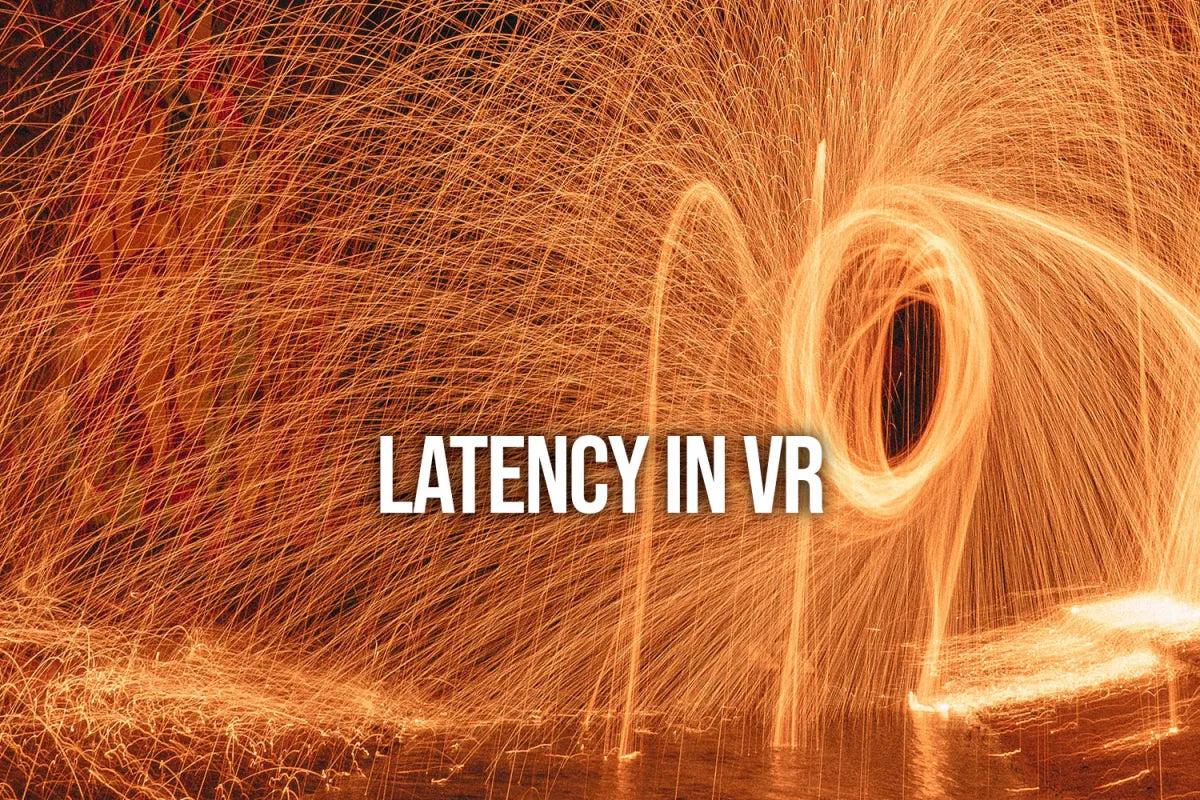Virtual Reality (VR) has revolutionized the way we interact with technology, immersing us in captivating digital environments. However, one crucial aspect that significantly impacts the VR experience is latency. Understanding and addressing latency is fundamental to delivering seamless, immersive virtual experiences.
What is Latency in VR?
Latency refers to the delay between an action in the virtual environment and the corresponding reaction or feedback perceived by the user. In VR, this delay can result in disorientation, motion sickness, and an overall diminished sense of immersion.
Impact of Latency on VR Experience
1: Motion Sickness: High latency can cause a mismatch between what the user expects and what they perceive, leading to motion sickness or discomfort.
2: Immersive Disruption: Delays between head movements and visual updates can break the immersion, making the experience less realistic and engaging.
3: Interaction Issues: Precise interactions in VR, such as grabbing objects or navigating through spaces, heavily depend on low latency. High latency can hinder these actions, affecting the user's experience.
Factors Affecting Latency
1: Hardware Performance: The capabilities of VR headsets, GPUs, and processors play a significant role. High-performance hardware can minimize latency.
2: Software Optimization: Efficient coding and optimized software reduce processing time, contributing to lower latency.
3: Connection Stability: Wireless connections or network issues can introduce latency, impacting the real-time interaction in VR environments.
Strategies to Reduce Latency in VR
1: Optimized Hardware: Investing in high-quality VR equipment with low response times and high refresh rates can significantly reduce latency.
2: Software Optimization: Developers can streamline software, employing techniques like prediction algorithms and asynchronous time warp to minimize latency.
3: Network Stability: Ensuring a stable, high-speed internet connection or utilizing wired connections for data transmission can mitigate latency issues.
Conclusion
Latency remains a critical challenge in enhancing the VR experience. Addressing this issue requires a holistic approach, incorporating advancements in hardware, software optimization, and network stability. By prioritizing latency reduction, developers and hardware manufacturers can elevate VR to new heights, delivering immersive, seamless experiences for users.
For businesses and enthusiasts seeking to embrace VR technology, understanding and optimizing for latency is paramount in unlocking the full potential of this groundbreaking technology.
Are you intrigued by the world of VR and its technical aspects? Understanding latency can truly make or break the immersive experience!








